Siding Options for Your New Home
Siding finishes and protects the exterior walls of your home from moisture, wind, and other problems caused by the elements. Knowing the siding options available to you can help you make an informed decision that will work for your home.
Vinyl siding: This is the most common type of siding. Made of PVC, it looks like traditional wood siding and comes in a variety of colours. It is easy to maintain, durable, and cheaper than other types of siding. It won’t rot, dent, or blister, but it doesn’t offer much in the way or insulation and it can become brittle and crack in very cold temperatures.
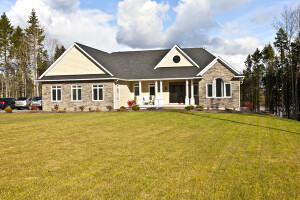
Wood siding: Commonly made from cedar or redwood, this type of siding offers natural beauty and insulation. While it’s strong and long-lasting, it’s also costly and prone to splitting and cracking. Most types of wood siding also need to be restained and/or repainted every few years.
Engineered wood siding escapes some of these problems, as it’s treated and compressed. Available in horizontal and vertical styles, engineered wood siding is easier to install, and comes pre-primed or pre-finished. This material often stands up to the harmful effects of sun, moisture, mildew, and termites better than traditional wood siding.
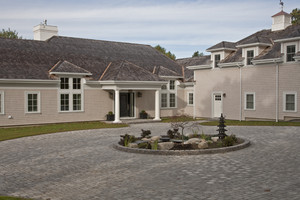
Fibre cement: This composite siding product is made from concrete that has been reinforced with fibreglass. The end result is a material that is incredibly durable and long lasting—in fact it’s one of the strongest materials on the market. It can be designed with an embossed wood grain that makes it look like wood siding, without the rot, warping, or termite infestation that sometimes affects wood siding.
The downside is that fibre cement siding is fairly heavy and difficult to install. It is also more costly than most other siding materials.
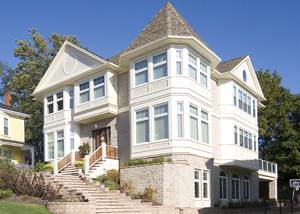
Stone siding: Stone siding consists of brick, concrete, or natural stone veneers that are installed against the exterior walls using masonry cement. Veneers are very thin and lightweight, so they’re more affordable compared to real stone products.
This type of siding has a high level of thermal and sound insulation, and it lasts for decades with little maintenance.
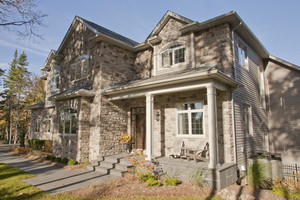
Stucco siding: Stucco siding is a cement mixture made of water, sand, and other ingredients. It’s available in a raked, smooth, or swirled texture, and comes in every imaginable colour. Stucco siding works best in a dry, warm, climate, and it’s easy to maintain. Although stucco siding is expensive to install, it has a lifespan of 50 to 70 years.
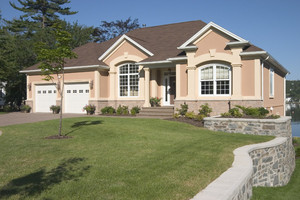
Be sure to discuss the best options for your budget and style with your builder!
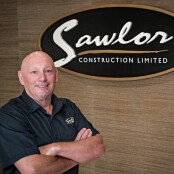





Post your comment
Comments
Bruce Muirhead Oct 7, 2017, 10:04 AM (8 years ago)
Looking for stucco finish on panels so as to find a cheaper way to have a well insulated home built with the appearance of homes I have seen in Morocco & Tunisia. Is there anyone supplying such panels in Atlantic Canada?
No one has commented on this page yet.
RSS feed for comments on this page | RSS feed for all comments